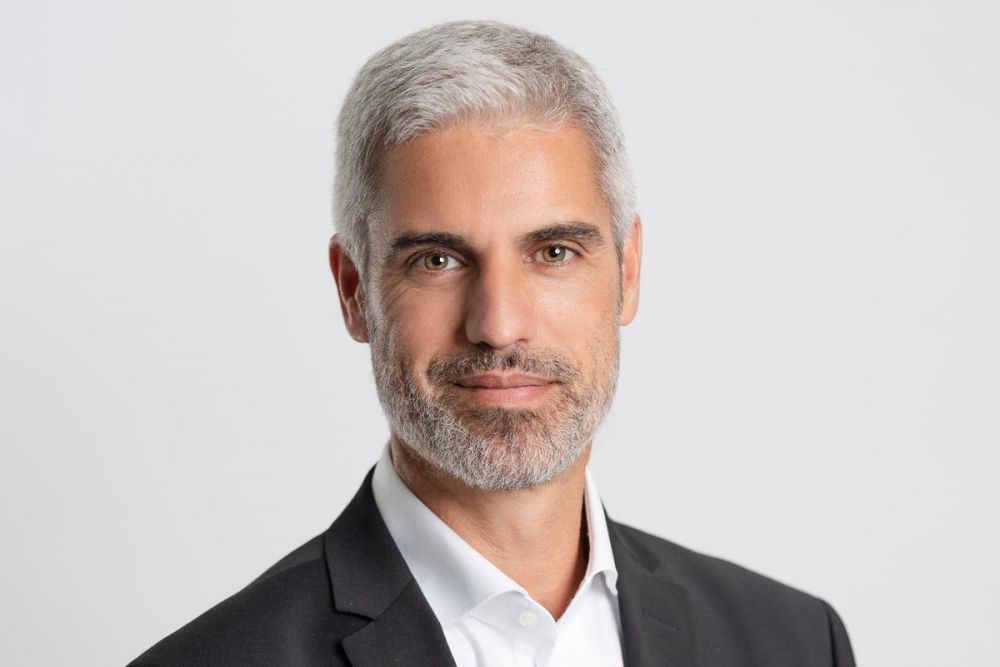- Home
- EN
- Kardham Group
- News
The hospital of tomorrow will be resolutely focused on the well-being of its users
December 2020

Interview with David Habrias in Construction 21, the social media for buildings and sustainable cities.
At a time when it has never been so much about taking care of yourself and your loved ones, it seems interesting to know what is happening in the health sector and more particularly in the hospital world. As the wear and tear of nursing staff since the first signs of the health crisis has revealed, the notion of well-being at work has come to pass through the hospital door as it may have emerged for many years in the past. other areas.
This may seem paradoxical, but the hospital, which already has to deal with increasingly complex crisis situations (lack of financial, human and material resources), is not necessarily the most oriented towards questions of well-being. . It is often a cold, technical, sanitized place. What to forget that it is above all men and women who work there and frequent it. The challenge for "the hospital of tomorrow" will therefore be to be able to answer these questions: how to bring about well-being (at work, but not only ...) and collaboration in a place of health? How can we imagine more efficient, more versatile but also more human-oriented environments? Places that ensure the well-being of their caregivers and therefore that of all of their users? More generally, how to take into account the evolution of society to go beyond the functional, beyond maintenance / cost efficiency and thus give even more meaning to the programs of health establishments?
Digital and architecture, two levers for a better user experience in hospitals
The answers are variable geometry and as numerous as the questions raised. However, we believe that they are mainly due to the hospital's ability to use agility and flexibility to meet the different needs of its users. In many areas the notion of user experience exists and there is no reason why the hospital should deviate from it. The aim here is to identify the main types of audiences who frequent this place (patients, nursing staff, support staff, partner providers, etc.), to reflect on their needs, their path, and to ask ourselves how we can help them. provide a better experience. Architecture is a solution to support and improve this user experience. Digital too, with the additional possibility of immediately measuring progress, and using this data to improve further. These tools can take different forms depending on the uses and audiences they are aimed at. This can be smart signage with smartphone guidance, concierge services, contextualized information, etc.
The Saint-Exupéry clinic, or how to develop the quality of life in healthcare establishments
The new organization of the Saint-Exupéry clinic in Toulouse, whose renovation and extension work was entrusted to Kardham Architecture before the first containment, is a good example of concrete avenues of response. The architectural approach has been to design solutions geared towards the uses of its various users, in continuous research in terms of performance of care, patient comfort, and visitor reception. Important work has been carried out on the reception hall with a cafeteria to provide conviviality. This generous hall also makes it possible to guarantee good flow management and optimal quality of orientation thanks to the signage, thus ensuring the comfort of patients and visitors upon their arrival in the building. We have also identified and designed the spaces according to the professionals to whom they are dedicated. For example, we have integrated a cafeteria reserved for ambulance attendants. While waiting for the arrival of the metro in 2030, the clinic also offers plenty of parking spaces, a real challenge for simplifying user access. Finally, a central place was given to the choice of materials, furniture and signage, essential in our approach to developing quality of life. And because we are convinced that working for the hospital of tomorrow can only be done through co-construction, the management of the clinic is studying for its part the establishment of more meeting times and training sessions to strengthen sharing and uniting employees around the clinic's medical project. While architecture cannot solve everything, thinking about spaces is a powerful tool for sharing and emulation.
There is every reason to believe that our approach to a hospital building will increasingly become a service platform rather than a frozen construction. The hospital of the future will aim to humanize itself as much as possible in order to open up to its environment in the long term.
David Habrias, Managing Director of the Kardham Group, in charge of Architecture
Show more
Discover our references in the health sector.

